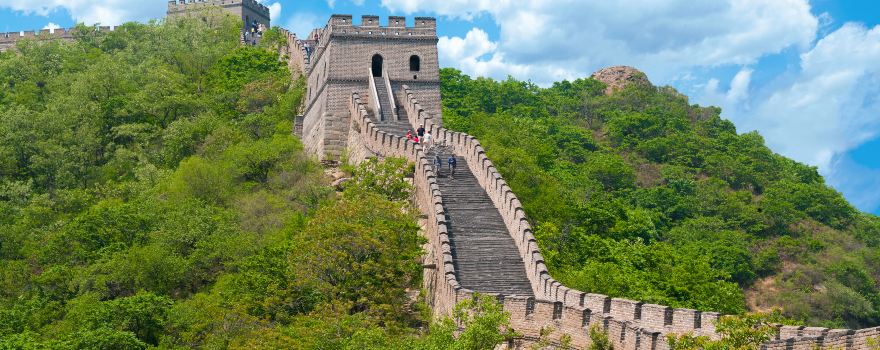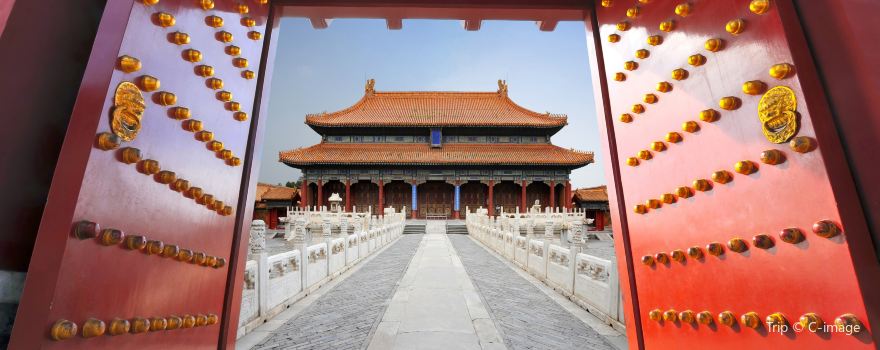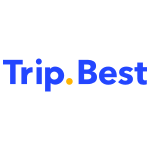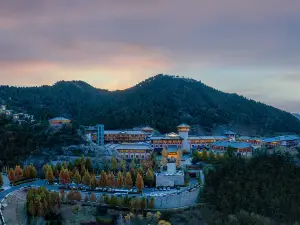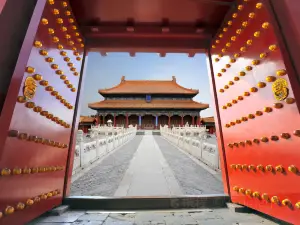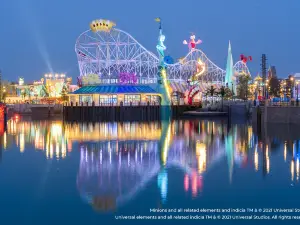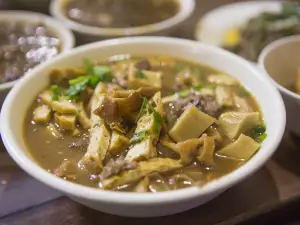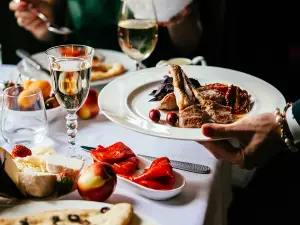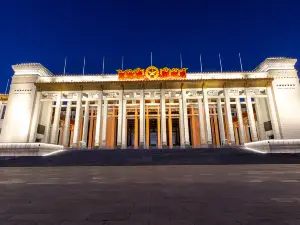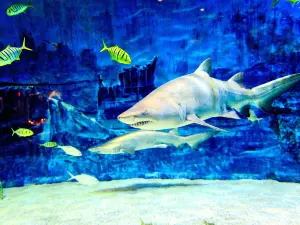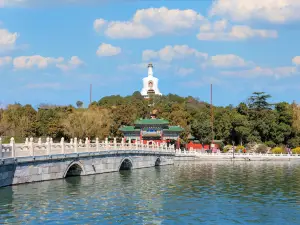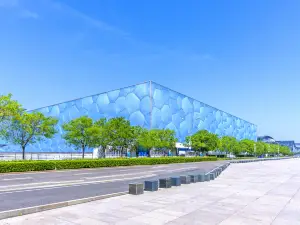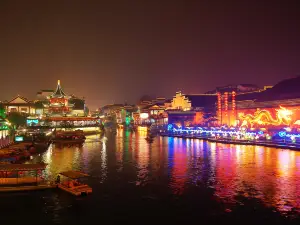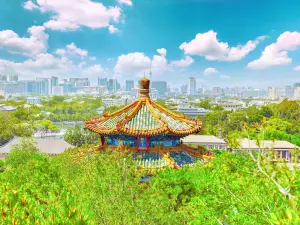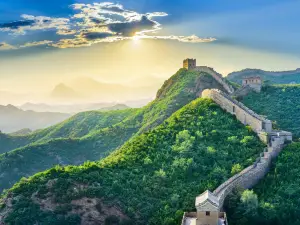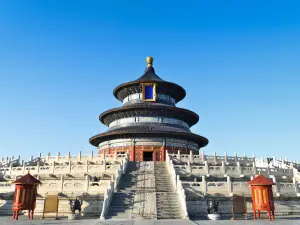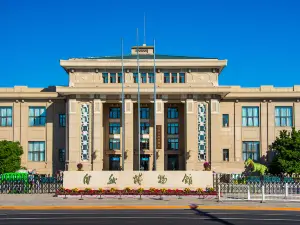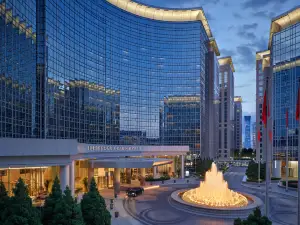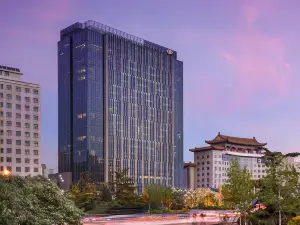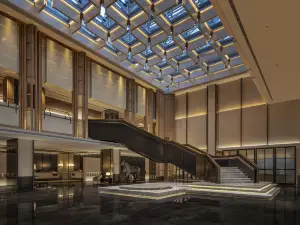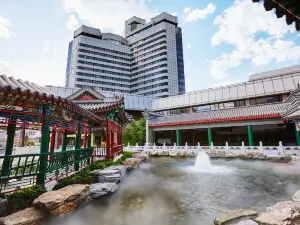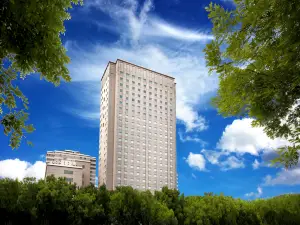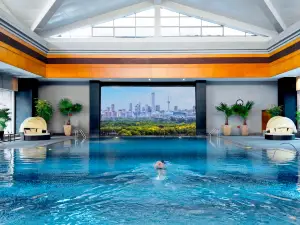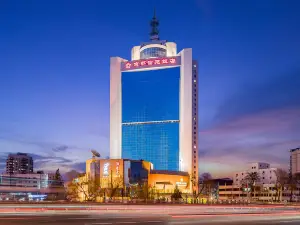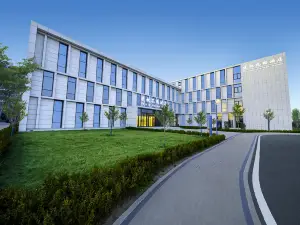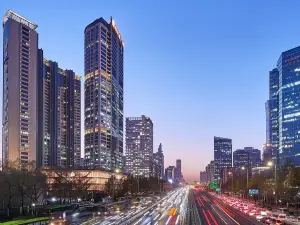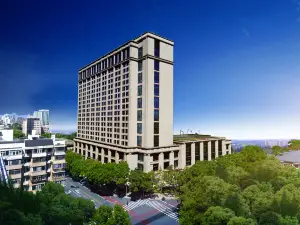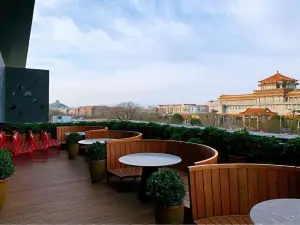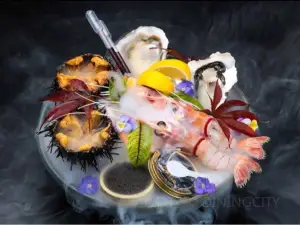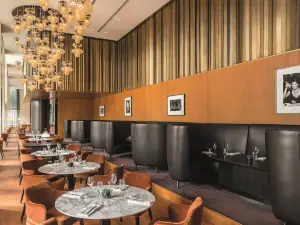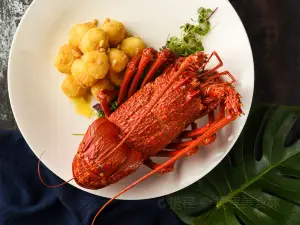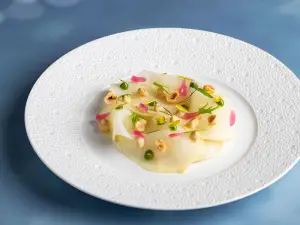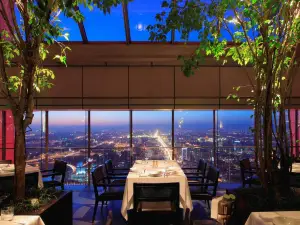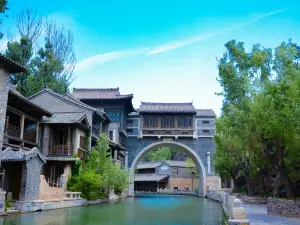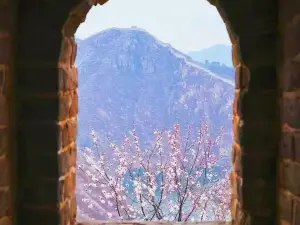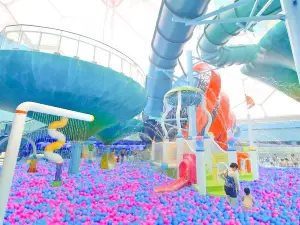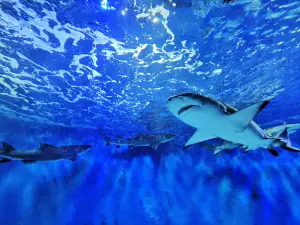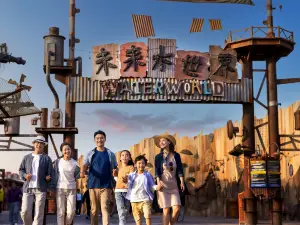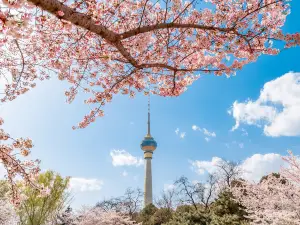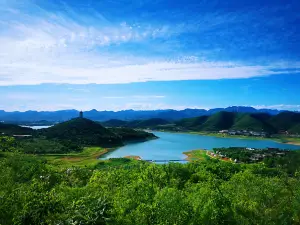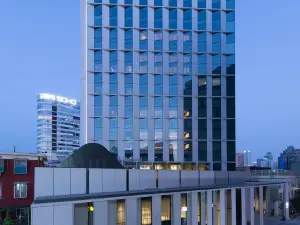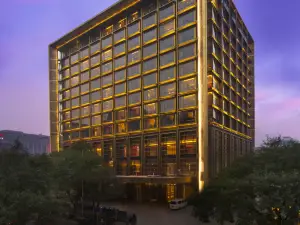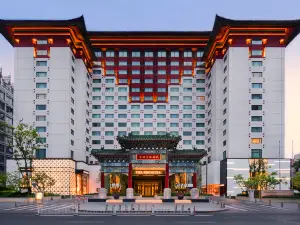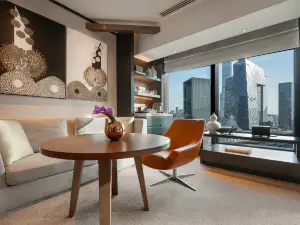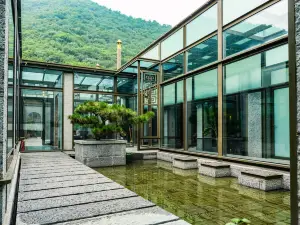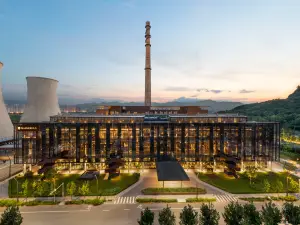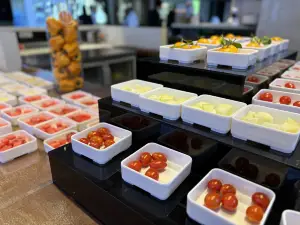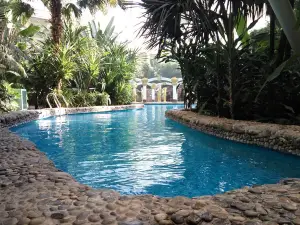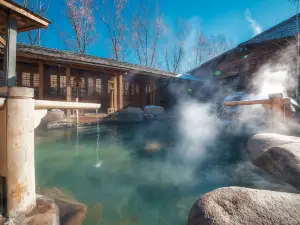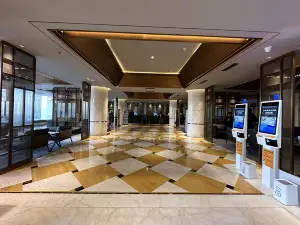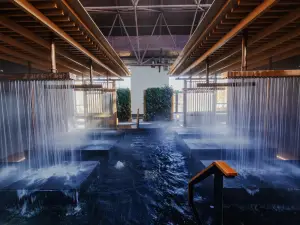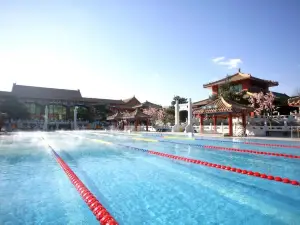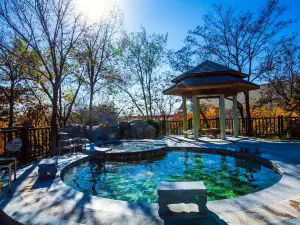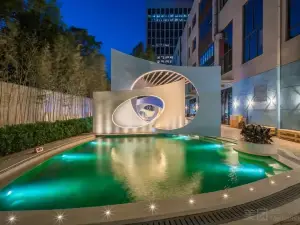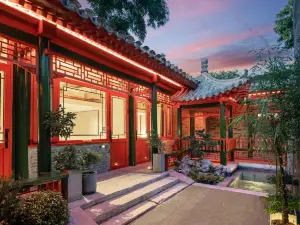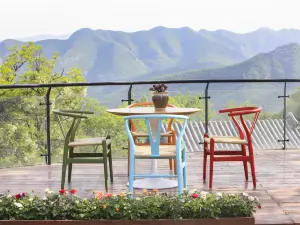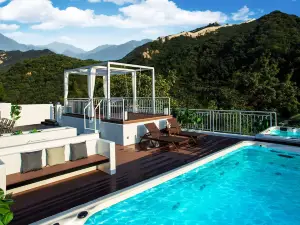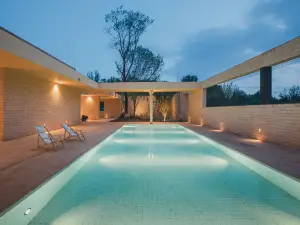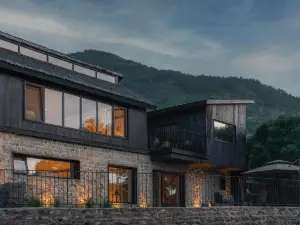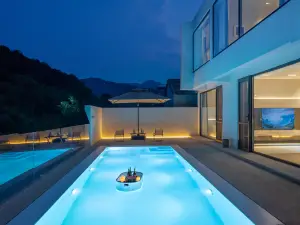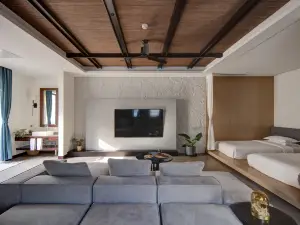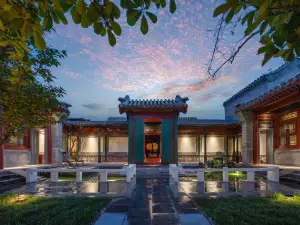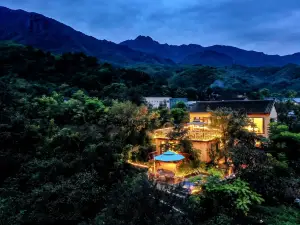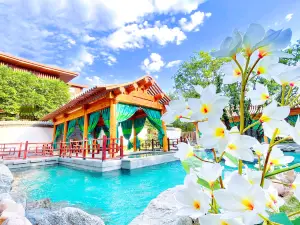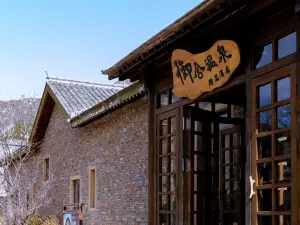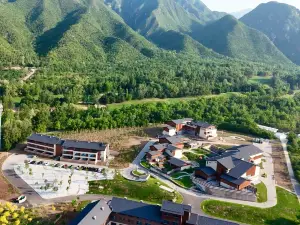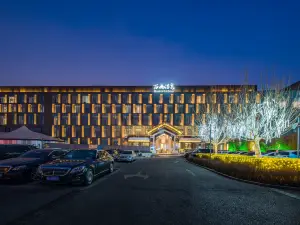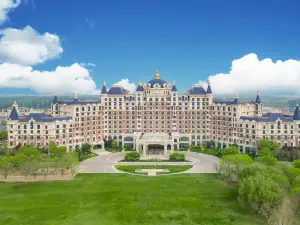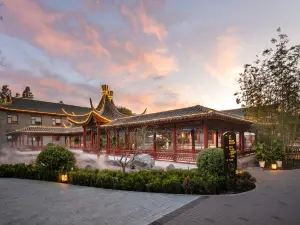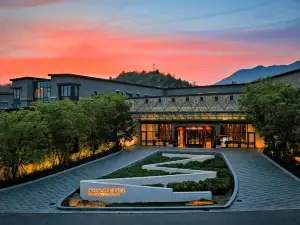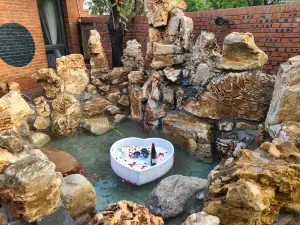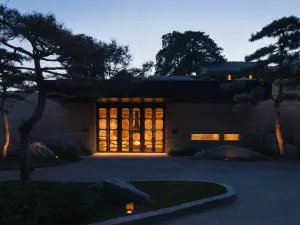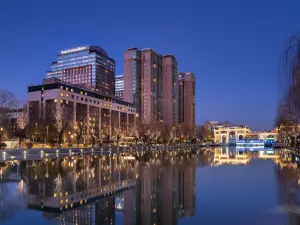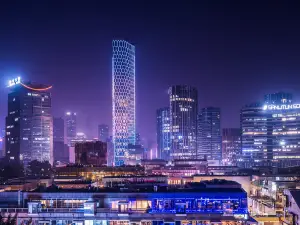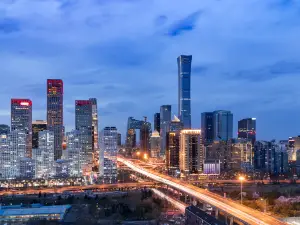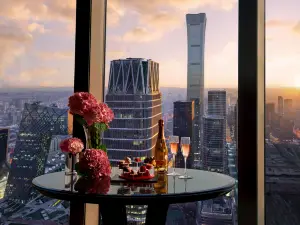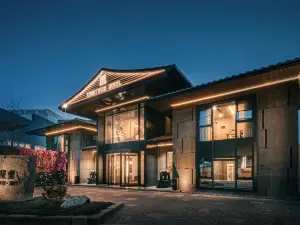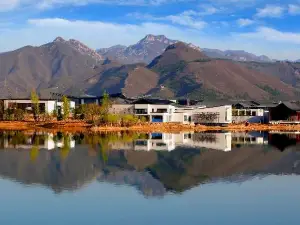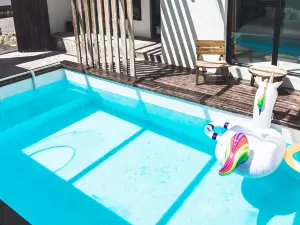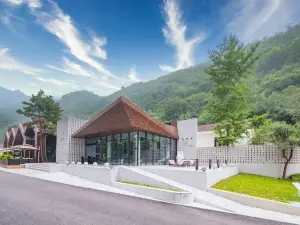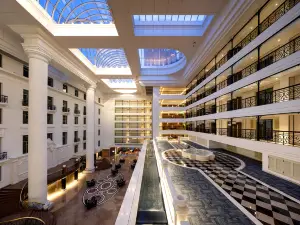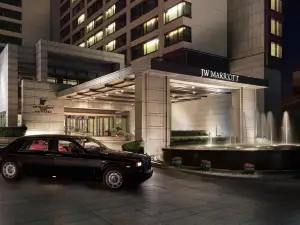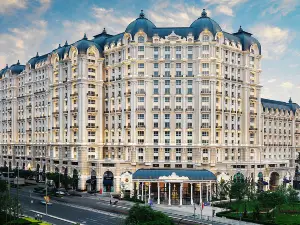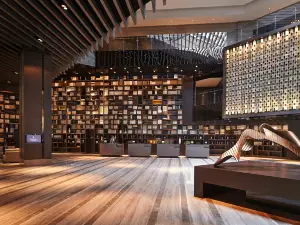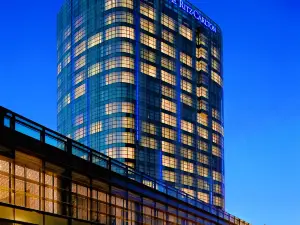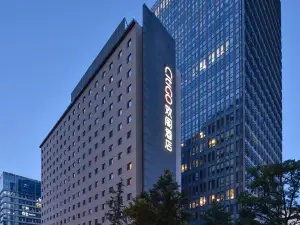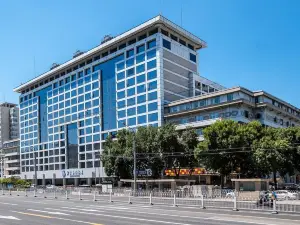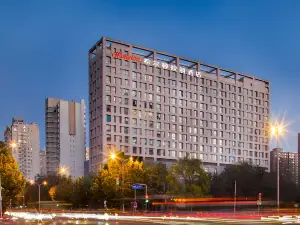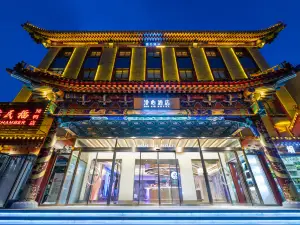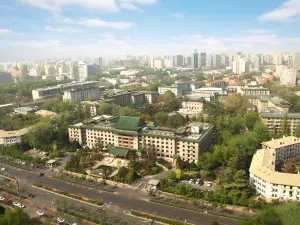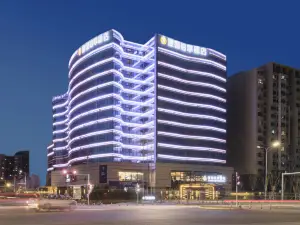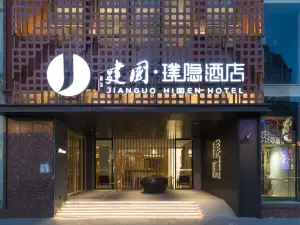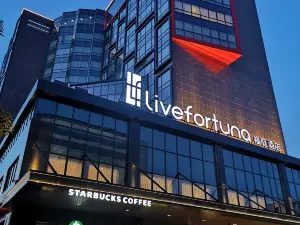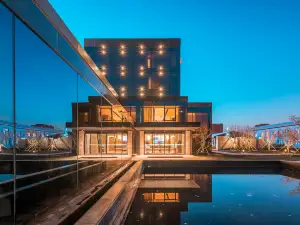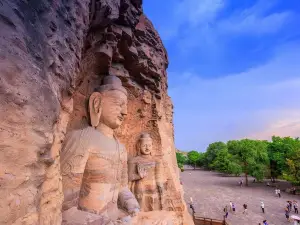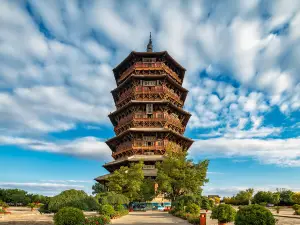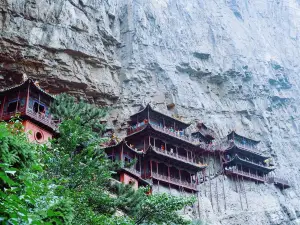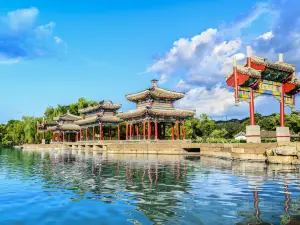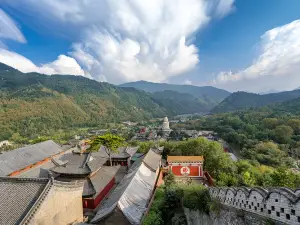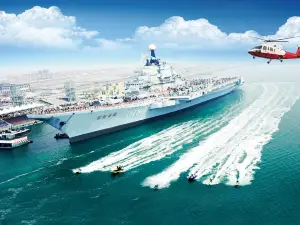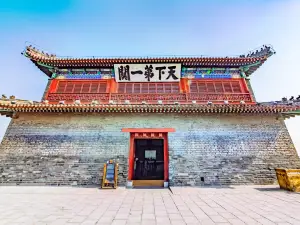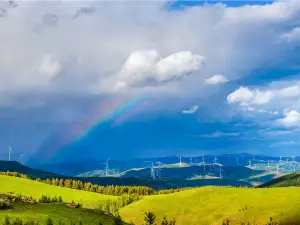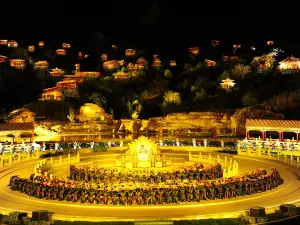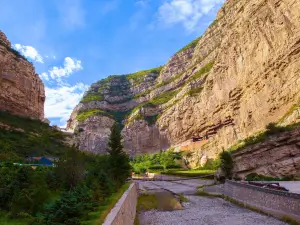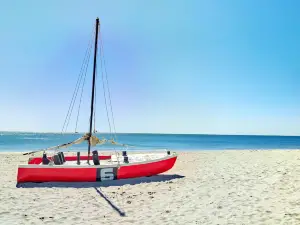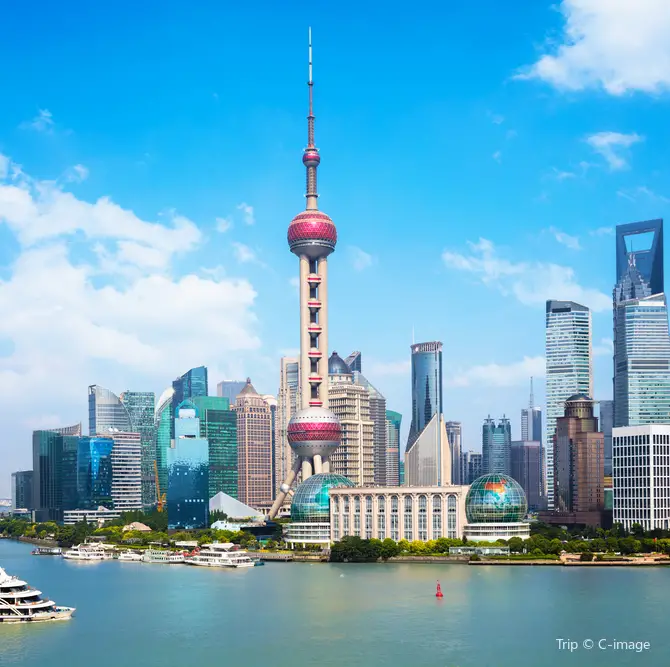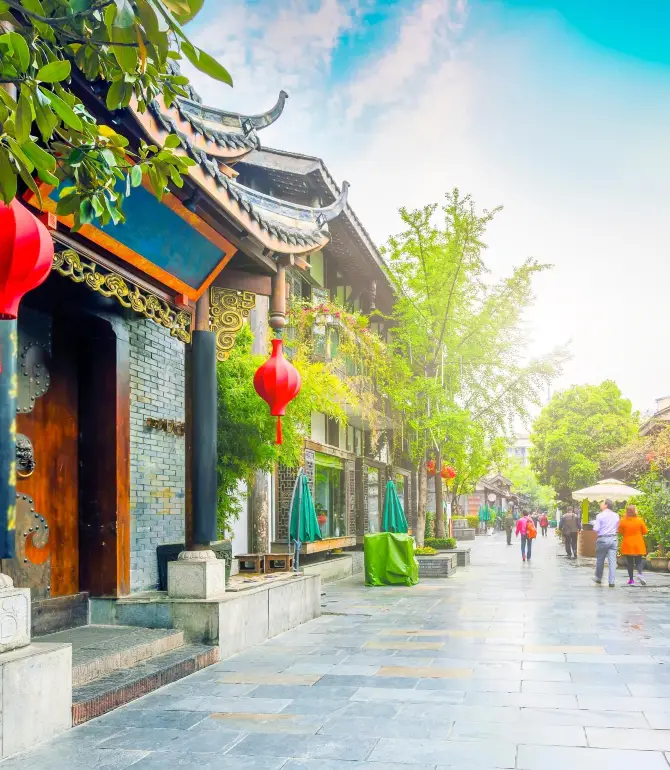Beijing independent travel guide (2025): top things to do near you, popular tourism attractions, itinerary planning, accommodation, food, transportation, weather, and more - everything you need to know (updated July, 2025) | Trip.com
About Beijing
Recommended length of visit
Recommended length of visitCurrent Weather Conditions
Beijing Local Experiences Map

Trending in Beijing
Beijing Local Travel Guide 2025
Beijing Brief Guide
Beijing, the historic capital of China, is awe-inspiring with its rich history, vibrant culture, and modern urban charm. Experience its unique charm as you stroll through the hutongs and discover the imperial glory hidden behind the gates of the Palace Museum. Plan your ideal journey in Beijing and explore its vast heritage.
Beijing Must-try Local Experiences
1. Explore Beijing’s Historic Heart Walk through Tiananmen Square into the Forbidden City, where 600 years of crimson walls and golden roofs await. Scale Jingshan Hill for a sweeping view, then drift to the Summer Palace—paddle across Kunming Lake or trace the Seventeen Arch Bridge. Visit the Temple of Heaven, where emperors honored the skies, or linger in Beihai Park’s quiet gardens. Let Beijing pull you back through centuries of dynasties and dreams. 2. Discover Beijing’s Museum Gems Dive into Beijing’s past at the National Museum, tracing 5,000 years of Chinese civilization with endless precious cultural relics. The Capital Museum in Xicheng reveals China‘s history through Bronze Vessels, porcelain, calligraphy works, paintings, coins, jades, seals, needlework, and Buddhist statues, some relics dating back to the New Stone Age; UCCA Center for Contemporary Art stuns with annual exhibits. Peek at the Red Brick Art Museum’s architecture or browse Song Gallery’s minimalist space. Each hall draws you deeper into different eras. 3. Wander Vibrant Hutong Alleys Pedal or stroll through Beijing’s hutongs, gray-brick lanes pulsing with bikes and chatter. Nanluoguxiang buzzes with indie shops, Shichahai blends lakeside bars, and Baitasi hides a White Stupa. Hit Yangmeizhu Street for boutiques, Wudaoying Alley for cafes, and Xixinglong Street for art. Rickshaws speed the spin—old Beijing’s soul hums here. 4. Climb the Great Wall Ascend the Great Wall, its watchtowers rising over rugged hills. Badaling lays out smooth trails; Mutianyu lifts you to unforgettable views by cable car. Jinshanling dares with steep, wild paths; Simatai staggers with dramatic drops. The Great Wall at Huanghuacheng edges a lake—each ridge tells a tale—choose your stretch. 5. Have an Adventure at Universal Beijing Experience the thrills of Universal Beijing Resort, where cinematic worlds collide—cast spells in Harry Potter’s realm, enjoy friendly banter with Megatron, or chase adventures with the Minions. Thrills roll from coasters to live-action stunts, pulling you through film-fueled adventures. Beijing’s blockbuster escape awaits. 6. Marvel at Peking Opera Watch Peking Opera Flare—painted faces, falsettos, and flips spin Qing tales. Chang’an Grand Theatre and Mei Lanfang Grand Theatre dazzle with craft; Huguang Guild Hall or Lao She Tea House add tea and xiangsheng—lively crosstalk comedy that shines if you catch the banter. Beijing’s stage lights up boldly. 7. Discover Sacred Ancient Temples Explore Beijing’s soul at Lama Temple, alive with Tibetan chants and towering Buddhas. Confucius Temple honors scholars with carved tablets; Zhihua Temple plays live Buddhist music from centuries past. Faha Temple shines with Ming murals; Hongluosi draws singles to pray for romance. Tanzhe Temple stands with 1,400-year-old Emperor Ginkgo trees—each site whispers its own story. 8. Shop Eclectic Beijing Markets Browse Beijing’s markets—Panjiayuan brims with jade, scrolls, and vintage treasures; Wangfujing Night Market fires up with skewers, dumplings, and souvenir stalls. Qianmen Street lines up classic shops, Liulichang offers art stands, and hutong boutiques shine with one-of-a-kind finds. Deals call from every turn—take a memory of Beijing home. 9. Savor Authentic Beijing Cuisine Try Peking Duck, its crisp skin and tender meat rolled with sauce—a city must. Savor Beijing hot pot bubbling with lamb, or slurp Zhejiang noodles with savory meat sauce. From street stalls sizzling with skewers to fine restaurants serving delicate imperial pastries, Beijing’s flavors range from bold and hearty to refined bites. 10. Admire Beijing’s Colorful Fall Seek Beijing’s autumn blaze at Pofeng Ridge and Xiangshan Park, where red leaves splash across hills, framing ancient sites. Stroll Yinxing Avenue in Diaoyutai under golden ginkgo, spot the Jiaolou Building’s amber glow in the Forbidden City, or catch Yuanmingyuan Park’s withered lotus charm. Fall paints the city bold. 11. Revel in Winter Adventures Hit Beijing’s Winter Olympic venues in Yanqing for snow tubing or ski runs that carve the slopes. Lace up at Shichahai Rink in the city for ice skating or pedal a retro ice bike. Snow dusts the scene—winter’s playground calls. 12. Explore Art Districts Step into Beijing’s art pulse at 798 Art Zone in Dashanzi—old factories now burst with bold galleries and cafes. Songzhuang in Tongzhou retains its authenticity with working studios and quiet lanes. One shines with polished edge, the other hums with gritty craft—creativity flows through both. 13. Relax in Scenic City Parks Catch Ditan Park’s beat—temple fairs spark with folk songs and kites by the Earth Altar. Rendinghu Park hides a summer pool under willows; Beihai Park glows with lotus and calm. Each bends with the seasons—Beijing’s green heart breathes here.
Beijing Must-see Attractions
Beijing is a city rich in cultural heritage and modern attractions, featuring landmarks like the historic Forbidden City, the iconic Badaling Great Wall, the picturesque Summer Palace, the traditional Prince Kung's Palace Museum, and the contemporary Universal Beijing Resort. Each of these landmarks offers unique insights into China's past and present.
Beijing Food Guide
Beijing’s food scene thumps with Jing cuisine—street carts and old kitchens sling dishes that carry the capital’s northern bite.
Beijing Transportation
Beijing’s a massive travel hub—planes, trains, all roads lead here. Beijing Capital International Airport (PEK): Northeast in Chaoyang, it’s the global gateway—most overseas flights land here. Airport Express zips to Dongzhimen—swap to subway downtown; taxis or DiDi roll faster but cost more. Beijing Daxing International Airport (PKX): South in Daxing, the starfish-shaped newbie shines—less packed. Daxing Line hits Caoqiao for subway links; trains to Beijing West beat traffic—taxis or DiDi run pricier. Railway Stations: Beijing Station (near Tiananmen) and Beijing West (Fengtai) buzz—high-speed G-trains from all over China. Book online—Beijing West is a sprawl, follow the signs.
Beijing Where to Stay
Beijing’s stay spots hum with variety—imperial echoes meet neon beats across districts that pulse day and night. From Tiananmen’s historic sprawl to Sanlitun’s late-night glow, here’s five areas to crash that let you tap the city’s soul.
Beijing Best Time To Visit
Beijing shifts vibes by season—pick your flavor. Spring and Fall are crowd favorites. Spring (Mar-May): Flowers bloom wild—parks pop, kite-fliers swarm Ditan. Windy, but alive. Summer (Jun-Aug): Rain soaks, crowds swell—palaces hum, pools like Rendinghu buzz with locals. Autumn (Sep-Nov): Golden leaves glow—Wall hikes shine, hutongs feel cozy. Mid-October’s magic—harvest calm, Wall’s yours, no holiday crush. Winter (Dec-Feb): Snow dusts temples—ice rinks spark, hotpot warms. Quiet, stark beauty.
Beijing Travel Tips
1. Pick Your Great Wall Spot Visiting the Great Wall is essential—Badaling draws large crowds, while Mutianyu offers a calmer experience with cable cars and fewer visitors. Opt for weekdays to avoid congestion—bring water; the steps can be demanding. 2. Get a Metro Card Beijing’s subway runs on the Yikatong Card—getone at stations for a small deposit, tap across all metro lines and buse. Rush hours (mornings, late afternoons) jam up—keep it handy; top up via digital wallets or at machines. 3. Download Apps Early Uber and Google services are unavailable—DiDi handles ride-hailing (English interface), and Gaode Maps (Amap) guides transit; download both before arrival. Link a card to DiDi for cashless payments—Gaode provides real-time routes. Set up your AliPay and WeChat wallets before your trip as well. 4. Grab a Local SIM A SIM’s essential—China Mobile or Unicom at PEK/PKX airports offer cheap data plans with calls; passport needed. Unlocks apps and Wi-Fi—roaming’s spotty; 5G’s everywhere. 5. Dodge the “Tea Scam” Invitations to “tea ceremonies” near Tiananmen or Wangfujing may lead to high bills (¥500+)—politely decline with “bu yao” (no thanks) and continue walking. Choose established teahouses in hutongs or consult your hotel for trusted options—avoid unsolicited offers from strangers. 6. Haggle at Markets Panjiayuan Market offers antiques—jade, scrolls, and more—where bargaining is expected; begin at half the asking price and settle around 30-40% off. Donghuamen’s food stalls haggle less—sample first, pay fast 7. Check Air Quality, Not Just Smog Beijing’s air quality has improved—annual AQI averages 30-35 µg/m³ (2023-2024), rarely exceeding 100; sandstorms have decreased. Monitor the AirVisual app—spring dust (Mar-Apr) or occasional spikes may warrant a mask; those with sensitive lungs should consider an N95 on affected days. 8. Time Tiananmen Right Tiananmen Square hosts flag ceremonies at dawn (6 AM) and dusk (6 PM), attracting many visitors; mid-morning (9-11 AM) offers fewer crowds and ample space. Photography is permitted, but avoid capturing soldiers or security—guards enforce rulesv strictly. Drowns are a no-go. 9. Book Palaces Ahead The Forbidden City and Summer Palace require online reservations, including submittin your passport details.Reserve 7 days in advance—slots fill quickly during holidays; walk-ins are rarely accommodated—plan carefully. 10. Steer Clear of Peak Holidays Golden Week (Oct 1-7) and Spring Festival (dates vary; late January-early February) bring heavy crowds—Great Wall queues lengthen, and the Forbidden City fills up.
Beijing Useful Guide
Mandarin Chinese is the language, but Beijing has its own unique twang - Rs roll hard here. Basics: “Ni hao” (hello), “xie xie” (thanks)—small wins for stalls or cabs. “Bu yao” (no thanks) is your shield—firm, polite, done. English: Tourist zones (Tiananmen, Sanlitun); Hutongs or markets—rare.
Trip.Best: Beijing
Things to do in Beijing
What to Do
Where to Stay
What to Eat
Beijing Moments: Through Travelers' Eyes

✨ Mandarin Oriental Wangfujing, Beijing – A Sanctuary in the Heart of the City

Beijing Nightless Valley | Super Detailed Travel Guide

Adventure awaits @ Universal Beijing Resort 🌎

The Hyperloop is coming! Beijing to Shanghai in just 2.5 hours

This was my first time staying in such a high-end hotel, and it was absolutely amazing!

He who has never been to the Great Wall is not a true man. Visit the Great Wall in spring.

Hiking the Most Thrilling Great Wall in Beijing! (Including Routes, Two-Day Hike)

Free places to spend an afternoon in Beijing
Best of Beijing
About
Site Operator: Trip.com Travel Singapore Pte. Ltd.
